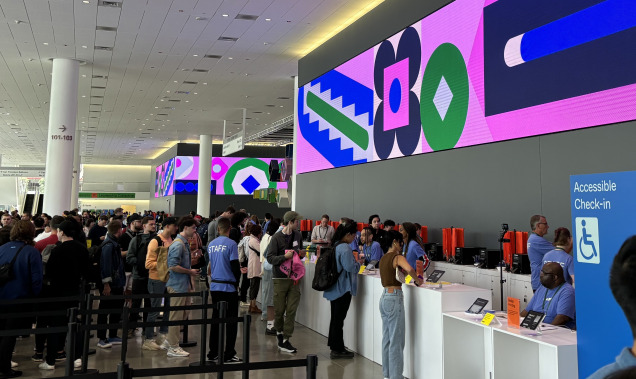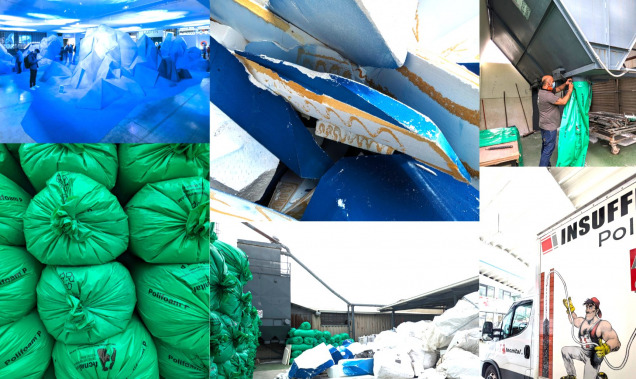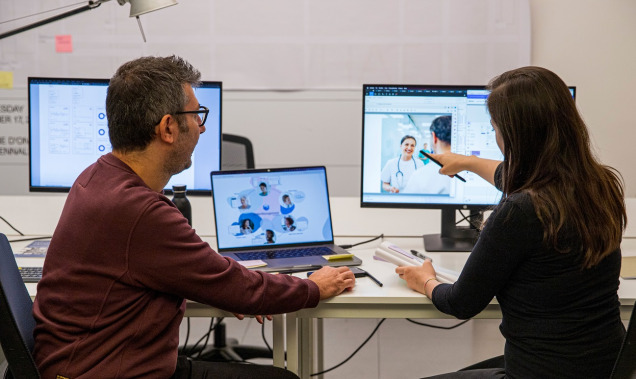Design Thinking for unprecedented times
In a matter of just a few weeks, things have drastically changed for individuals, companies, brands, and societies alike. How can we apply the design perspective to navigate the uncharted territory?
Start with people: Capture the changing customer sentiments
As designers, we always begin with people. Only through a deep understanding of people and their changing needs, values, and feelings, can we design for a better future.
COVID-19 impacts sentiments, values, and behaviors both immediately and in the long run. Consumers have been forced to go digital and adopt new habits. Perceptions of basic things, be it health, time, work, or money have shifted. Values are in flux, as we ask what really matters to us.
For brands, it’s important to capture what customers and prospects are saying and feeling towards you, your competitors, and your sector, in order to act in the new situation.
Consider the entire customer experience: Dare to imagine the wow again
The crisis put forth by COVID-19 will impact the entire customer experiences across all touchpoints.
Digital is the obvious venue for the new customer experience. As more and more consumers move online, demanding fast responses, smooth shopping experiences, and home deliveries, companies will need to adapt their customer service, pricing structures, delivery models, and communications for e-commerce.
In the brick-and-mortar, we’ve already seen changes that help keep everyone safe: Forced distances, plexiglass sheets at cashiers, adoption of contactless payments. Healthcare directives will likely continue to be stringent for months ahead. How could new customs become normality and not constantly remind us about the lurking danger?
Regardless of the retail strategy, COVID-19 will place an entirely new demand on the supply chain visibility for all companies, as consumers will want more information about where things come from and how they are being handled.
Businesses must recognize the changes in their customer journeys, stress test, locate issues, mitigate risk, and improve – all at record speed. Best brands will go beyond appliance, finding new ways to exceed customers’ expectations, do the right thing, even bring a sprinkle of joy.
Come together: Leadership during a time of crisis
A crisis such as COVID-19 doesn’t only impact the customer. The teams that are handling the current challenges, be it prolonged queues or delivery issues, are equally hit by the crisis. A service design approach can help capture how your staff is coping, and boost energy by collecting the hopes of the team for a better future.
Right now, many companies are underestimating the threat that unmet cohesion with employees and staff could generate in the long run. In our previous articles, we already discussed the way COVID-19 will impact the way we lead and work. For practical tips that can be applied easily and immediately, take a look at our previous post on remote work.
It is important for everyone in a company to be involved in a greater change. A human perspective, as well as an ecosystemic one, can help companies use change to bring people together.
Think systemically: We’re all in this together
In the past, Design Thinking has mostly been applied to design products and services, in other words, to solve singular problems. The current crisis set forth by COVID-19 calls us to move towards a system-centric approach.
The virus may have started from a small wet market on the other side of the world in Wuhan, China, but it is now impacting us all globally. It has shown how deeply interconnected we are. We must thereby come together to solve the complex global issues holistically.
Here, design thinking can be a great tool. Earlier this year, we, for example, brought research, industry, and policymakers across the EU together for a project to build a sustainable and trustworthy solution together. In the same way, design thinking could be applied to solve issues related to COVID-19. Equally, the design thinking approach could be applied to debrief/reverse engineer the outbreak, understand where the flaws were, and find solutions to those.
We believe that Design Thinking is a mindset that everyone should embrace for the greater good. There’s immense power in design, as we must path-find through this unchartered territory towards a better tomorrow.





